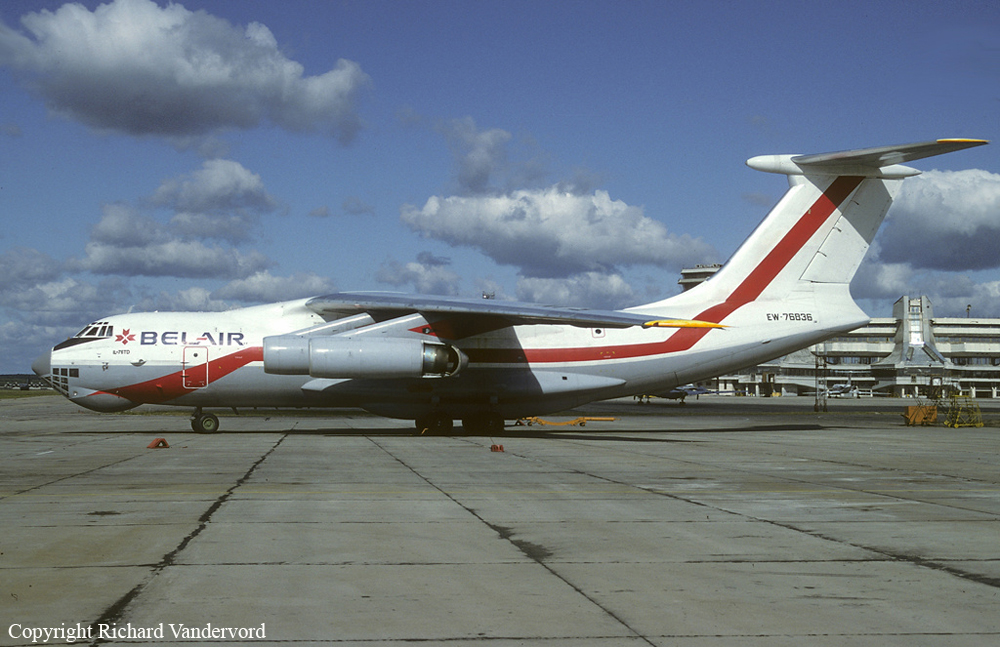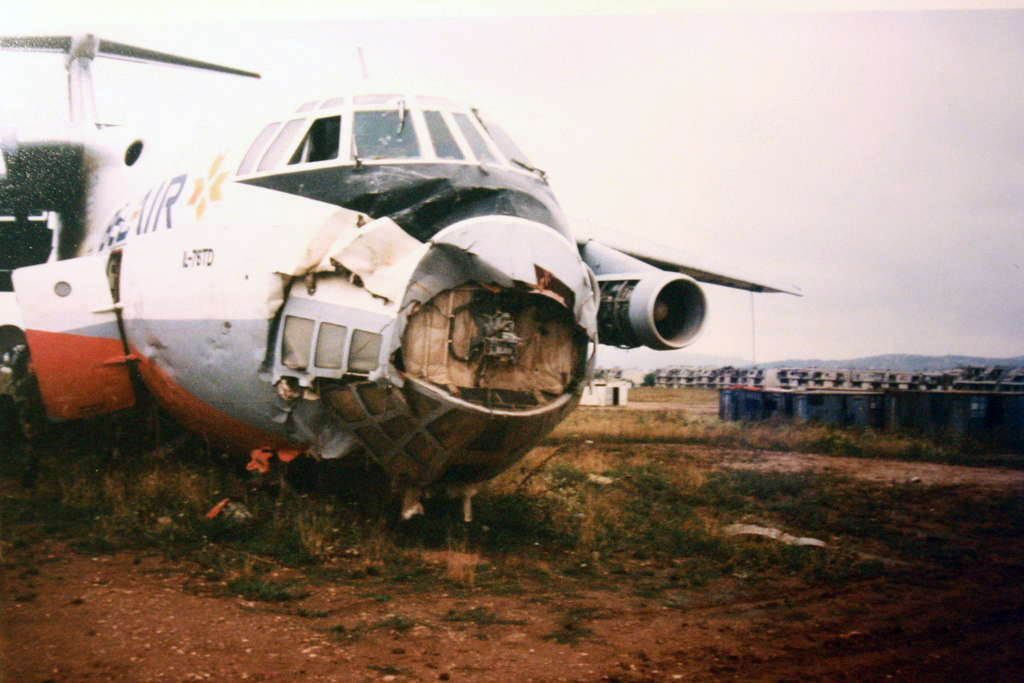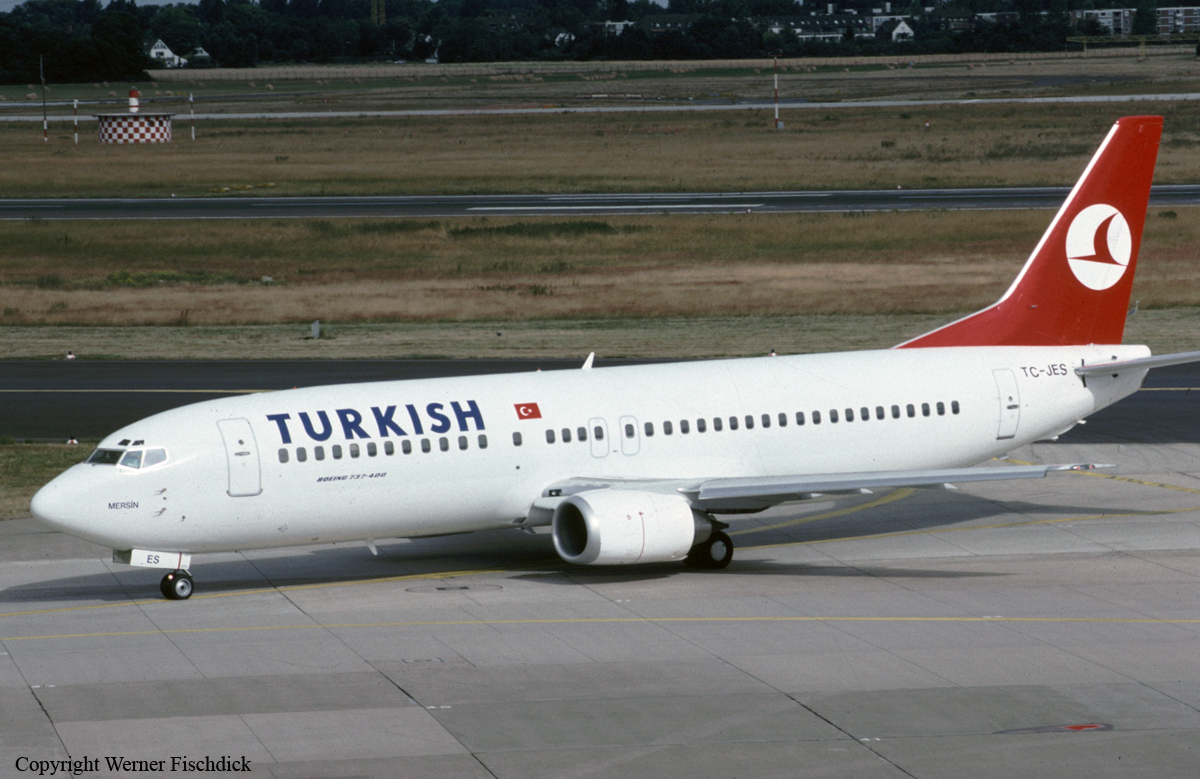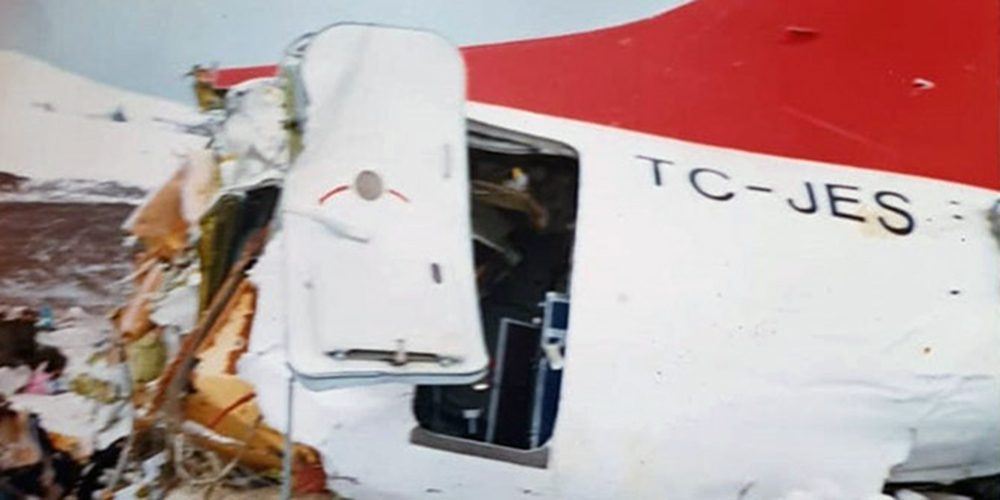Crash of an Antonov AN-32 in Kinshasa: 1 killed
Date & Time:
Jan 18, 1995
Registration:
UR-48074
Survivors:
Yes
MSN:
3010
YOM:
1992
Crew on board:
4
Crew fatalities:
Pax on board:
28
Pax fatalities:
Other fatalities:
Total fatalities:
1
Circumstances:
The aircraft was completing a humanitarian flight on behalf of the United Nations and was carrying 28 passengers, 4 crew members and various goods. On short final, at low height, the aircraft nosed down and struck the ground few metres short of runway threshold. Out of control, the aircraft came to rest few dozen metres further. Fifteen occupants were injured, 16 others escaped uninjured and one passenger died.
Probable cause:
It was determined that on final approach, the attachments used to fix the cargo failed, causing the load to move forward and the aircraft to nose down.



























